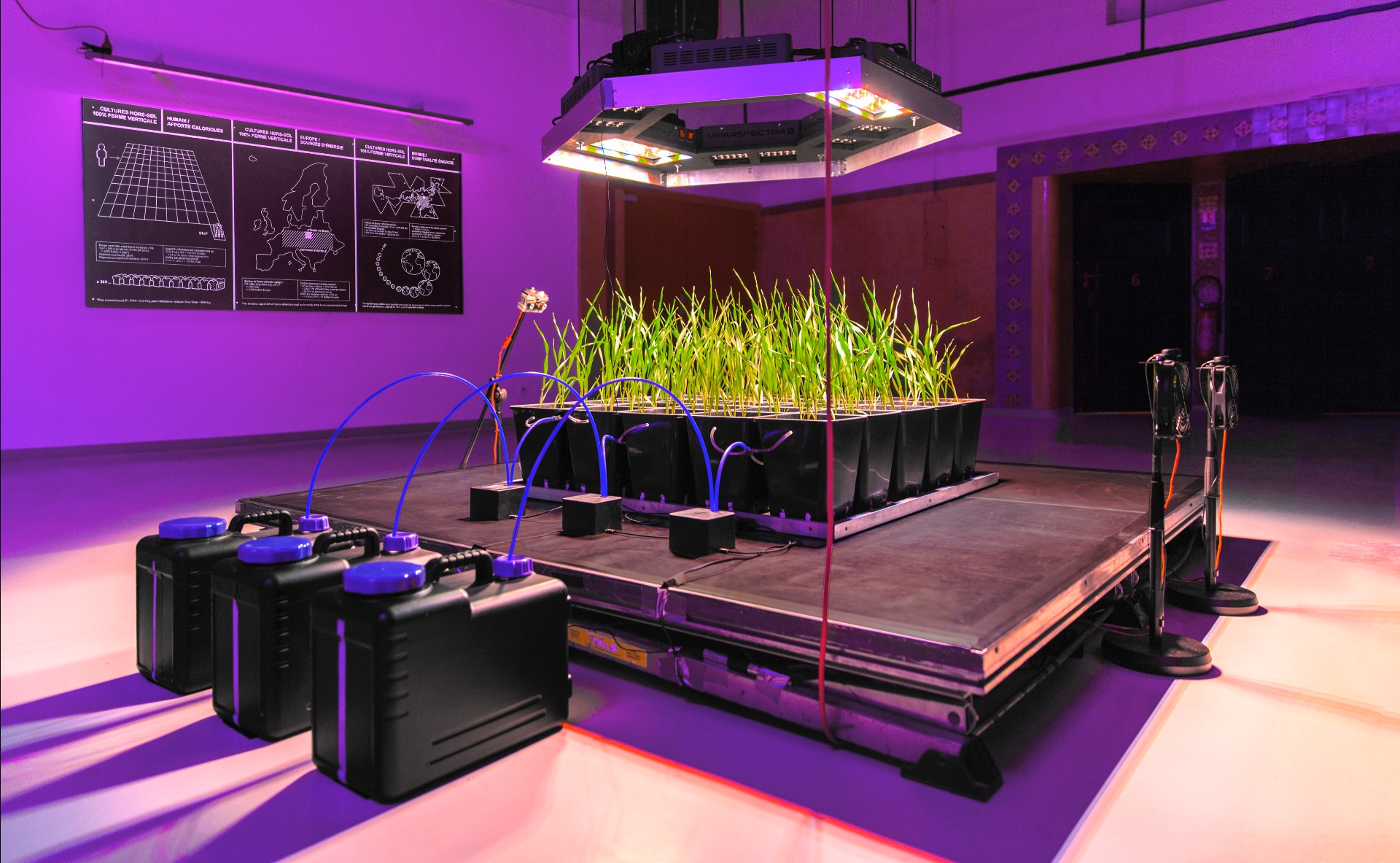LIFE SUPPORT SYSTEM, 2020
ECOSYSTEM SERVICES ESTIMATION EXPERIMENT
This artistic provocation seeks to estimate the orders of magnitude of critical ecosystem services fundamental to all planetary life processes.
It is common to describe our relationships with society, the world, and the biosphere with metaphors from economics, which has specific understandings of value. Today’s prevailing economics conventions are unable to recognize intrinsic value of the ecosystems on which all life depends. In cultures overdetermined by concepts from economics, we are left without adequate discursive instruments to socially or politically address the importance of ecosystem contributions to life on Earth.
This experiment consists of 1 square meter of wheat, cultivated in a closed environment. Critical inputs such as water, light, heat, and nutrients are measured, monitored and displayed for the public. This procedure makes palpable the immense scale of ecosystem contributions, and provides a speculative reference for a reckoning of the undervalued and over-exploited “work of the biosphere.”
CONCEPTION: DISNOVATION.ORG, BARUCH GOTTLIEB
WEB DEVELOPER: JÉRÔME SAINT-CLAIR
HARDWARE DEVELOPERS: VIVIEN ROUSSEL, THOMAS DEMMER
INSTALLATION, 1M2 OF AUTOMATED CULTIVATION, LED GROW LIGHTS, CAMERA, LIVE VIDEO STREAMING
PRODUCTION: iMAL (BE) | COPRODUCTION: Biennale Chroniques (FR)
SPECIAL THANKS TO OLIVIER LE CORRE AND LAURENT TRUFFET (ÉCOLE DES MINES DE NANTES).
PRESS: IMAGES FROM IMAL | IMAGES FROM 3BISF
VIDEO INTRODUCTION
ENGLISH SUBTITLES:
It is common to describe our relationships with society, the world, and the biosphere with metaphors from economics, which has specific understandings of value.
With regard to the biosphere, today’s prevailing economics conventions are unable to recognize intrinsic value to the ecosystems on which all life depends.
In cultures overdetermined by concepts from economics, we are left without adequate discursive instruments to socially or politically address the importance of the work of the biosphere.
The “Life Support System” experiment consists of 1 square meter of wheat, cultivated artificially in a closed environment. All inputs such as water, light, heat, and nutrients are measured, monitored and displayed for the public.
This one square meter unit of Life Support System is capable of furnishing 1 day’s worth of necessary caloric nutrition for one human adult every 4 months. To feed a single human adult all year would require approximately 100 such units running concurrently.
This procedure makes palpable the orders of magnitude, of material and energy flows, that are required to reproduce human nutritional requirements in closed or artificial environments, in contrast to outdoor agriculture on arable land.
This indoor farm experiment is a counter-example which points to the vastness of the ecosystem contributions involved in conventional agriculture, that defy conventional economic reductionism.
By attempting to grow, in a closed environment, a staple food like wheat, which has historically provided the greatest proportion of necessary caloric intake for humans in Europe, this experiment provides a sense of scale of ecosystem contributions that are poorly acknowledged under the current economic conventions.
The empirical “true-cost estimates” obtained through this indoor experiment are about 200€ per kilogram of wheat, an extravagant cost compared to the 15 cent per kilogram current market price.
Though Hydroponics can be used for certain plants, for necessary caloric nutrition there is as yet no economically justifiable replacement for conventional agriculture embedded radically and immanently in the biosphere.
This experimental farm foregrounds the incalculable ecosystem services demands of conventional agriculture which we expect to access for free.
On the other hand, closed environments must artificially reproduce these services at high social, energy and ecosystem costs which are mostly not accounted for.
From a much broader perspective, this art experiment provides a speculative reference for a reckoning of the undervalued and over-exploited “work of the biosphere.”
Ecosystem processes provide the primary value at the core of each of our daily economic interactions within society!
A LIVE ECOSYSTEM SERVICES ESTIMATION EXPERIMENT
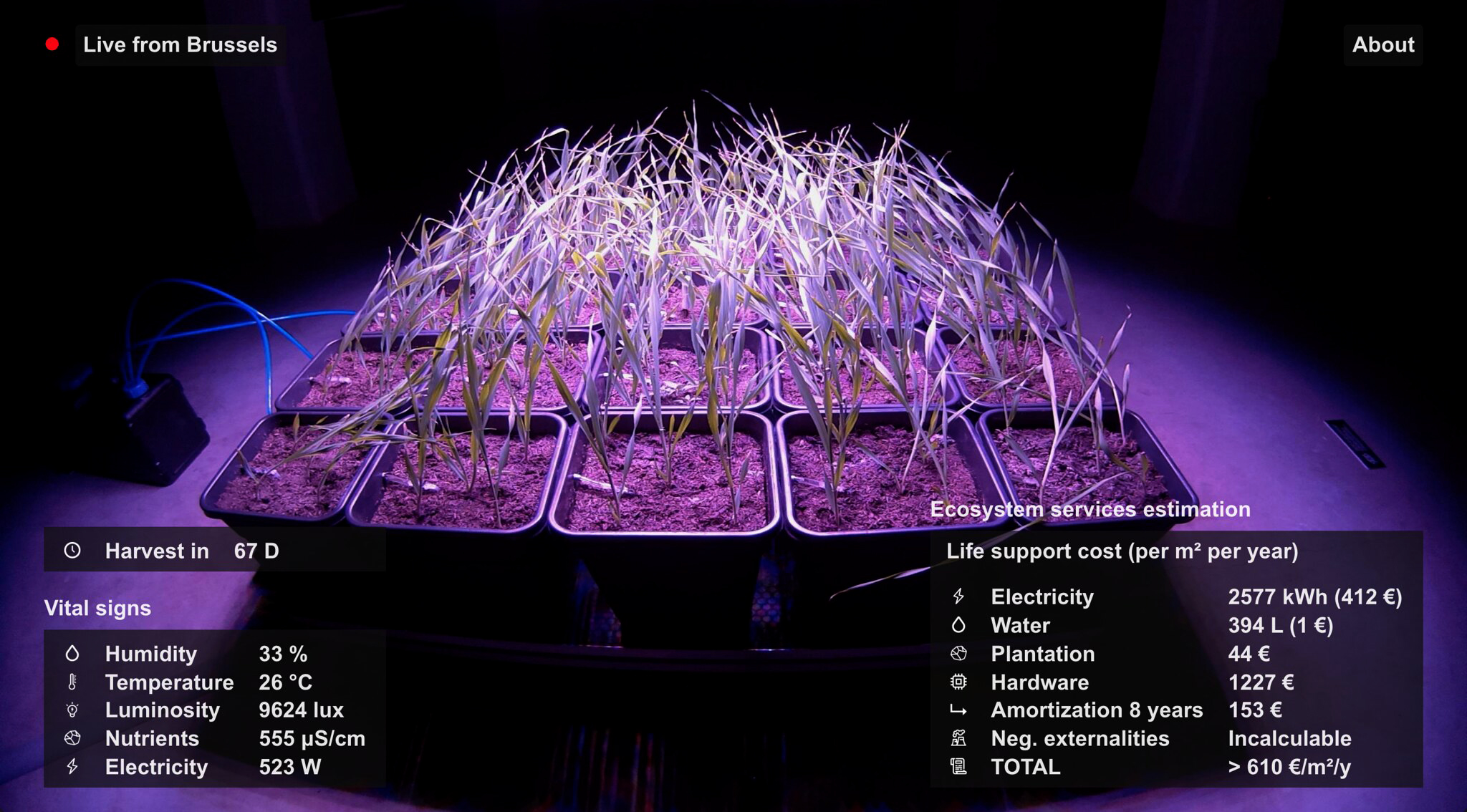
One square meter of wheat cultivated completely artificially in a closed environment. | All inputs are controlled and measured (water, light, nutrients...) | This protocol allows to estimate the orders of magnitude of material and energy flows otherwise provided by ecosystems on arable land.
SOLAR SHARE (THE FARM) PROTOTYPE N°02 (SSF-02-2020-AIX-FR)
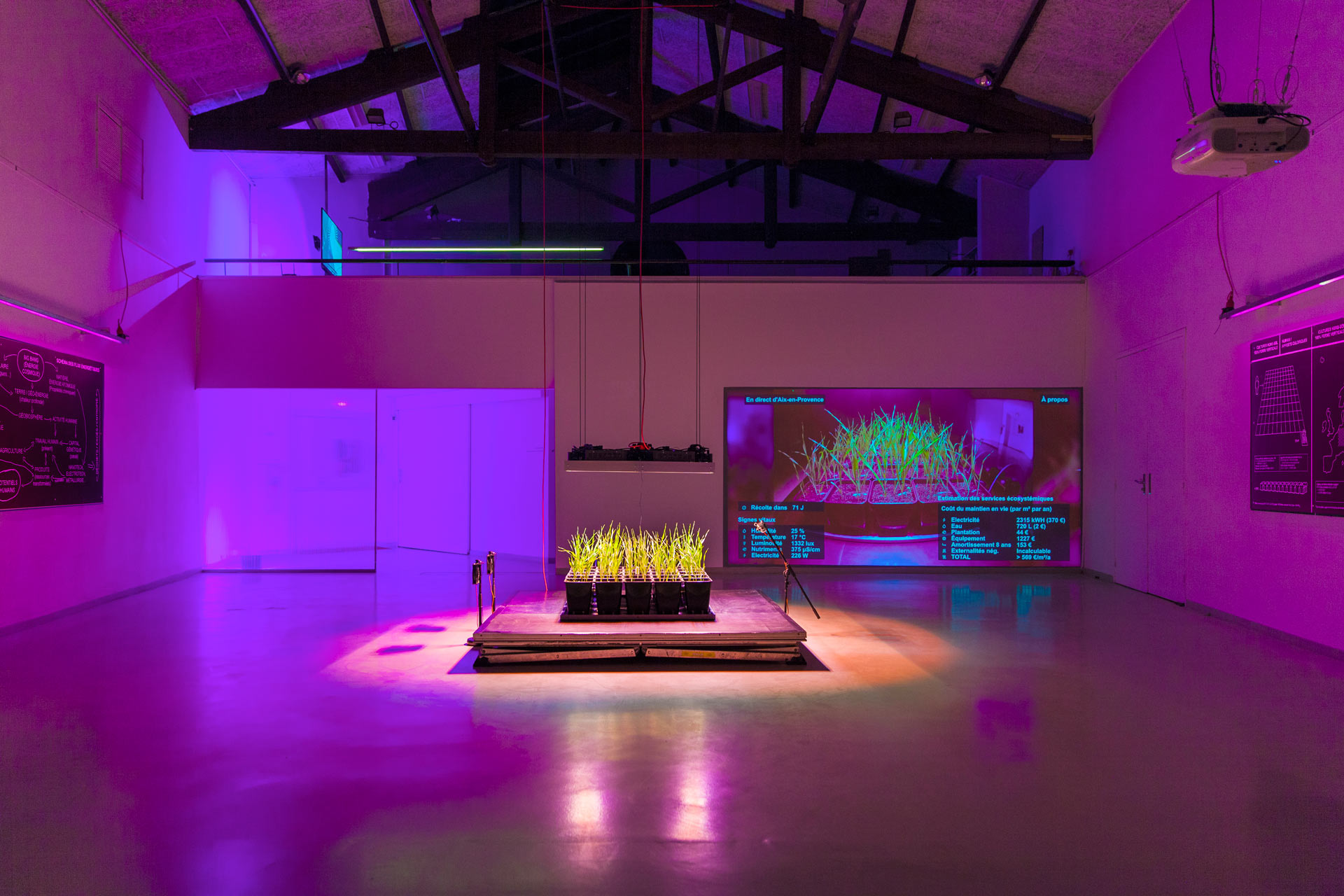
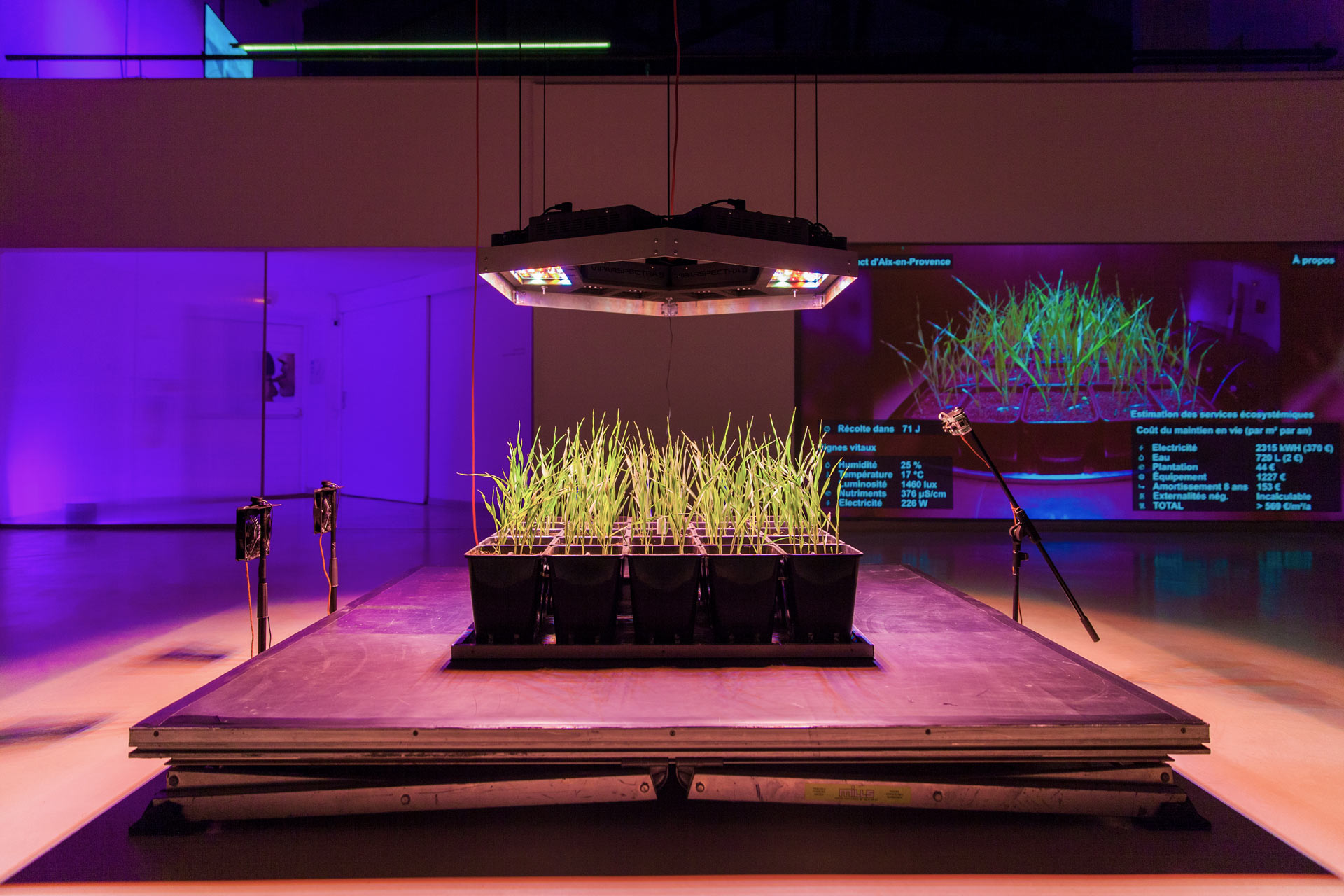
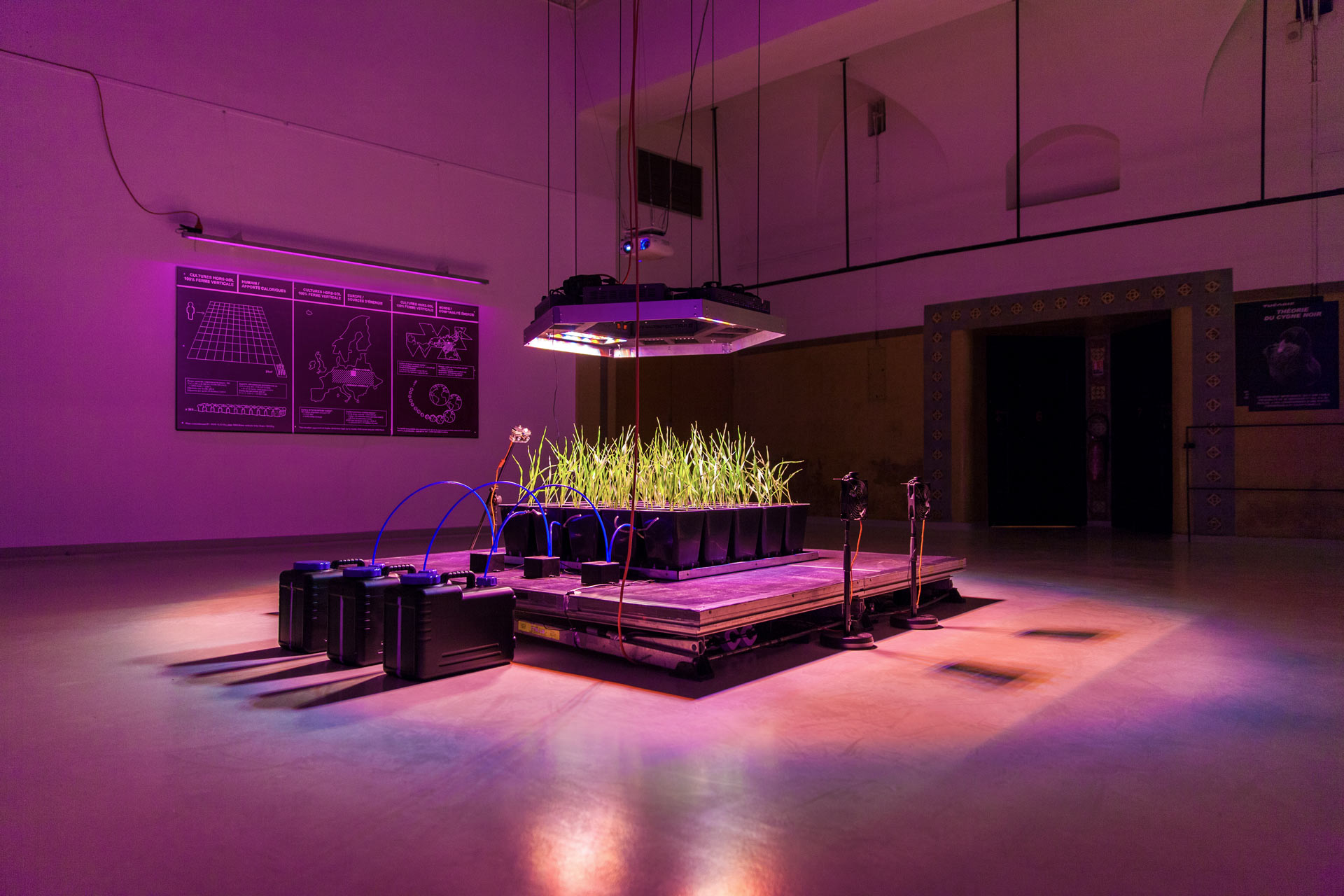

THE LIMITS OF VERTICAL FARMING IMAGINARIES
“Vertical farms in cities can produce — profitably — hydroponically grown leafy greens, tomatoes, peppers, cucumbers, and herbs, all with far less water than conventional agriculture requires. But the produce contains merely a trace of carbohydrates and hardly any protein or fat. So they cannot feed cities, especially not megacities of more than 10 million people. For that we need vast areas of cropland planted with grains, legumes, and root, sugar, and oil crops, the produce of which is to be eaten directly or fed to animals that produce meat, milk, and eggs. The world now plants such crops in 16 million square kilometres — nearly the size of South America — and more than half of the human population now lives in cities. [...] Vertical farms can’t substitute for much farmland, and the claims made for them have been exaggerated. ” [1]
[1] Vaclav Smil (June 2018). IEEE-Spectrum. A Critical Look at Claims for Green Technologies
[*] Bill Tomlinson, Barath Raghavan (June 2021). How Sustainable is the Smart Farm?
SOLAR SHARE (THE FARM) PROTOTYPE N°01 (SSF-01-2020-BX-BE)
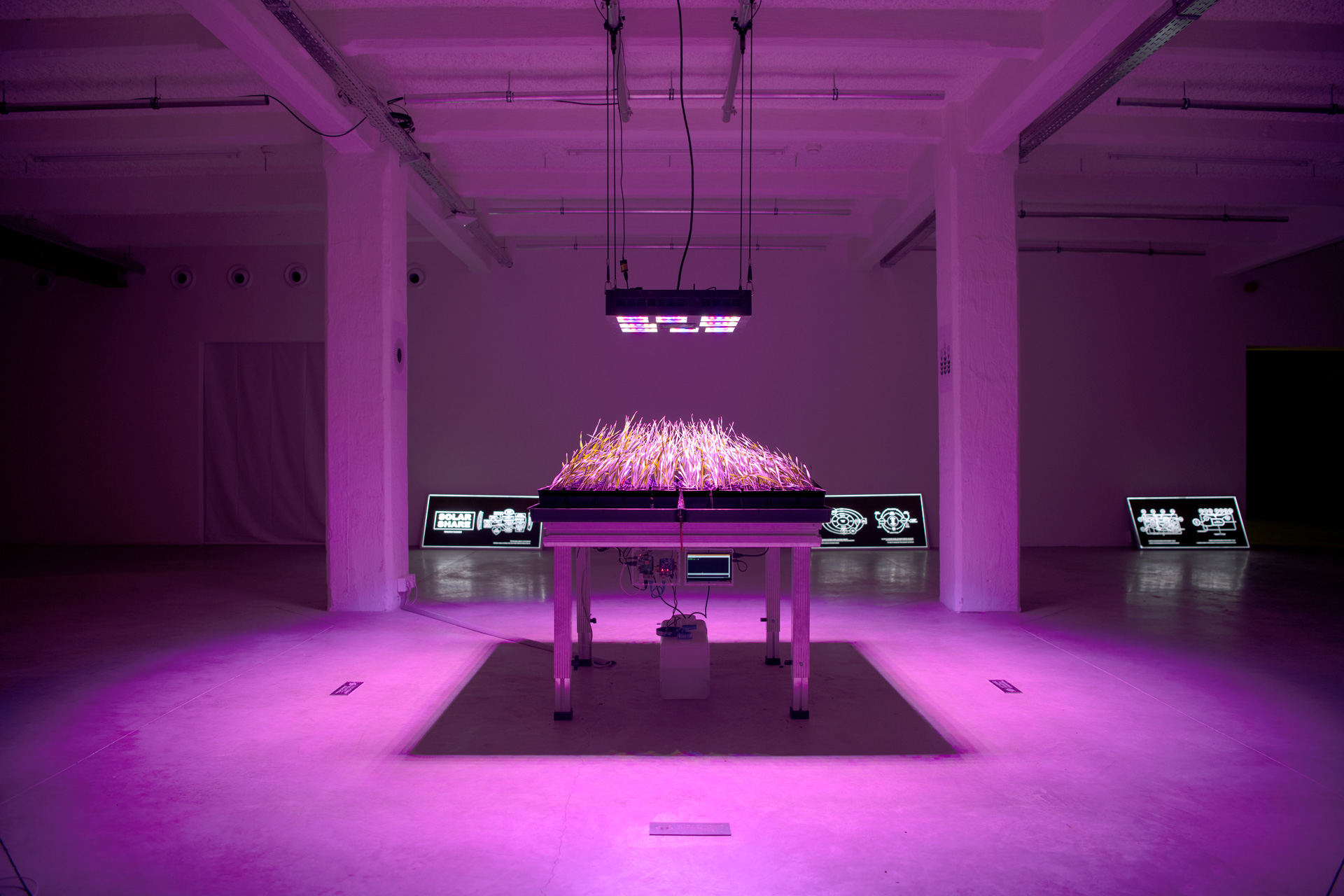
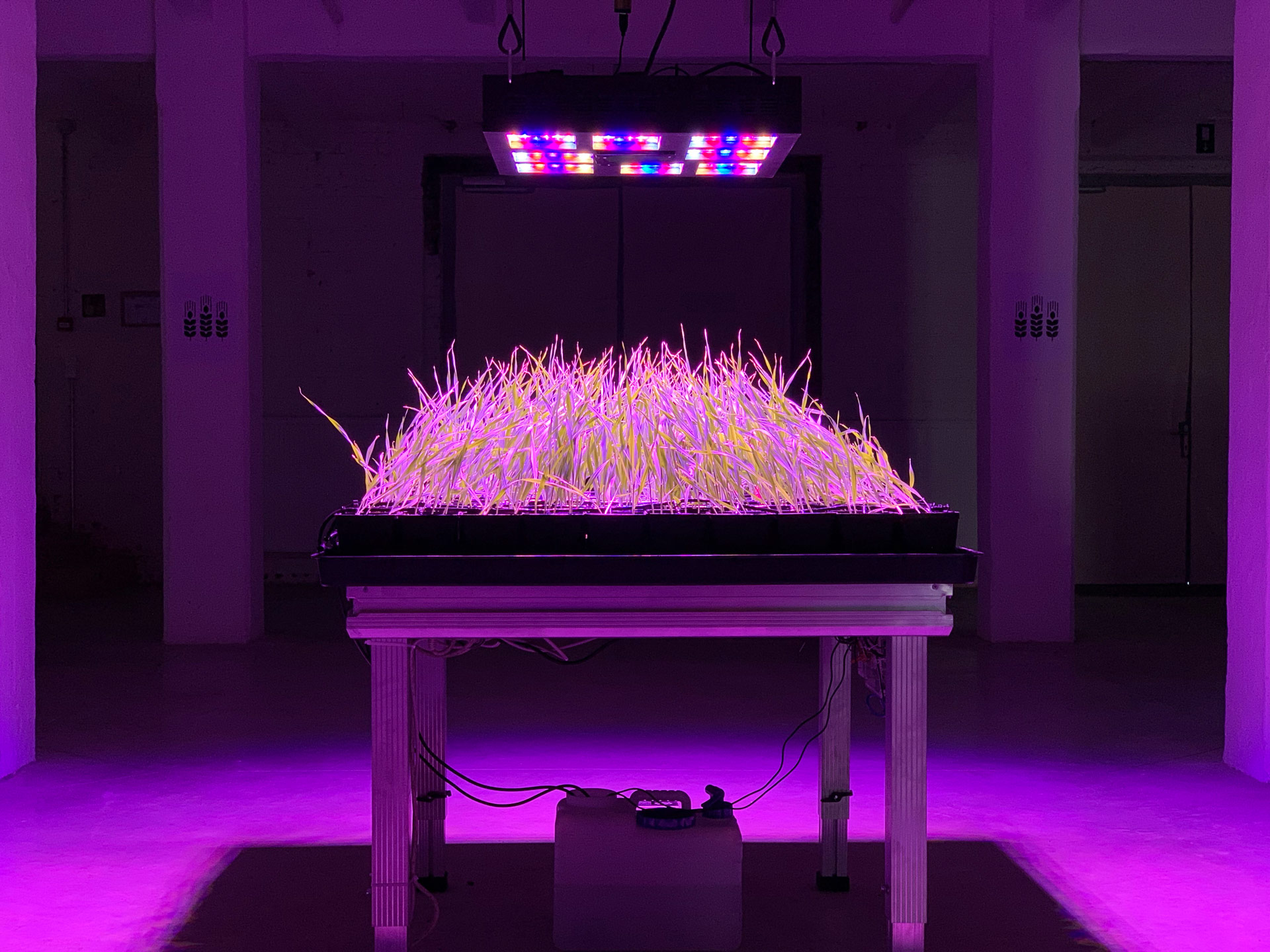
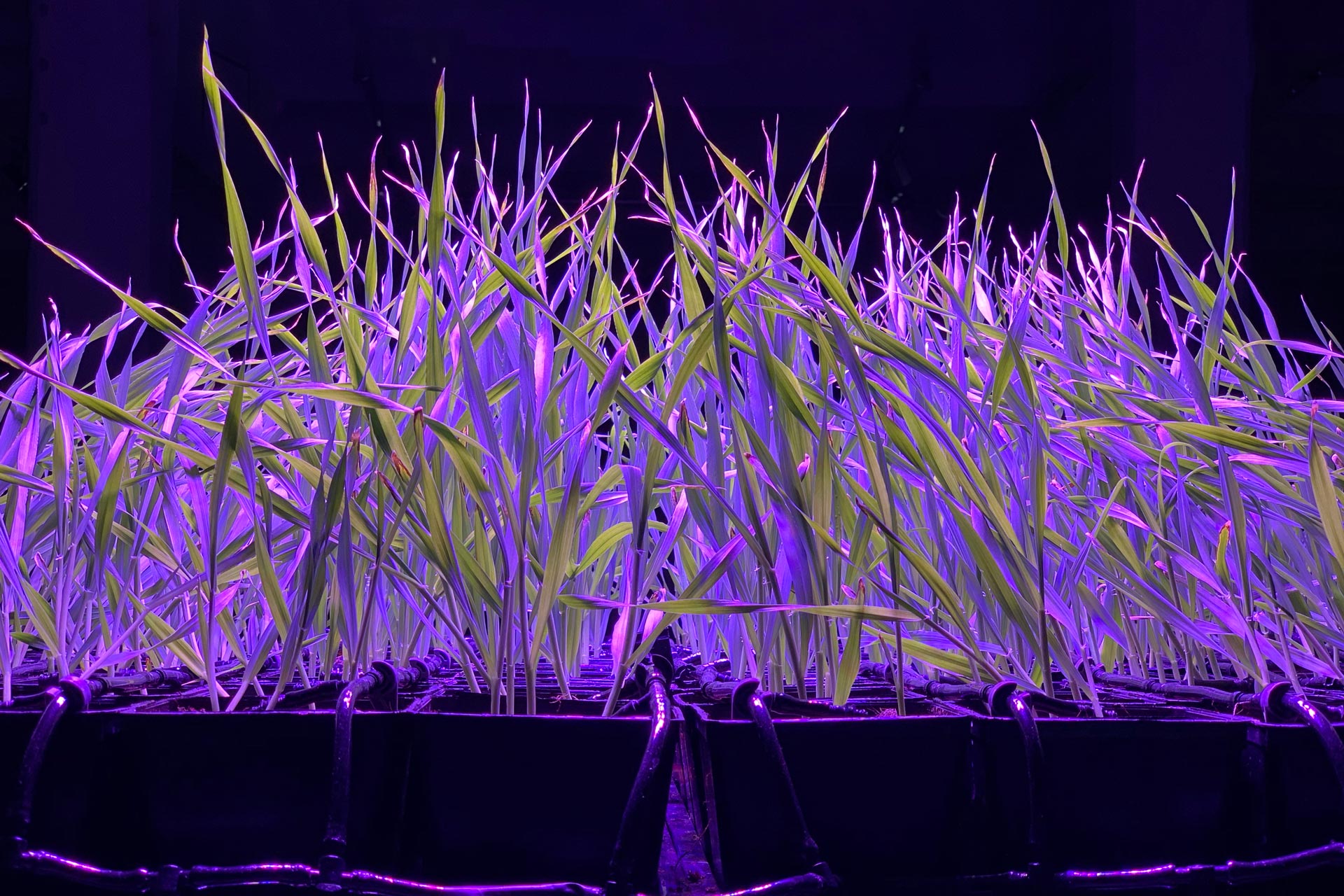
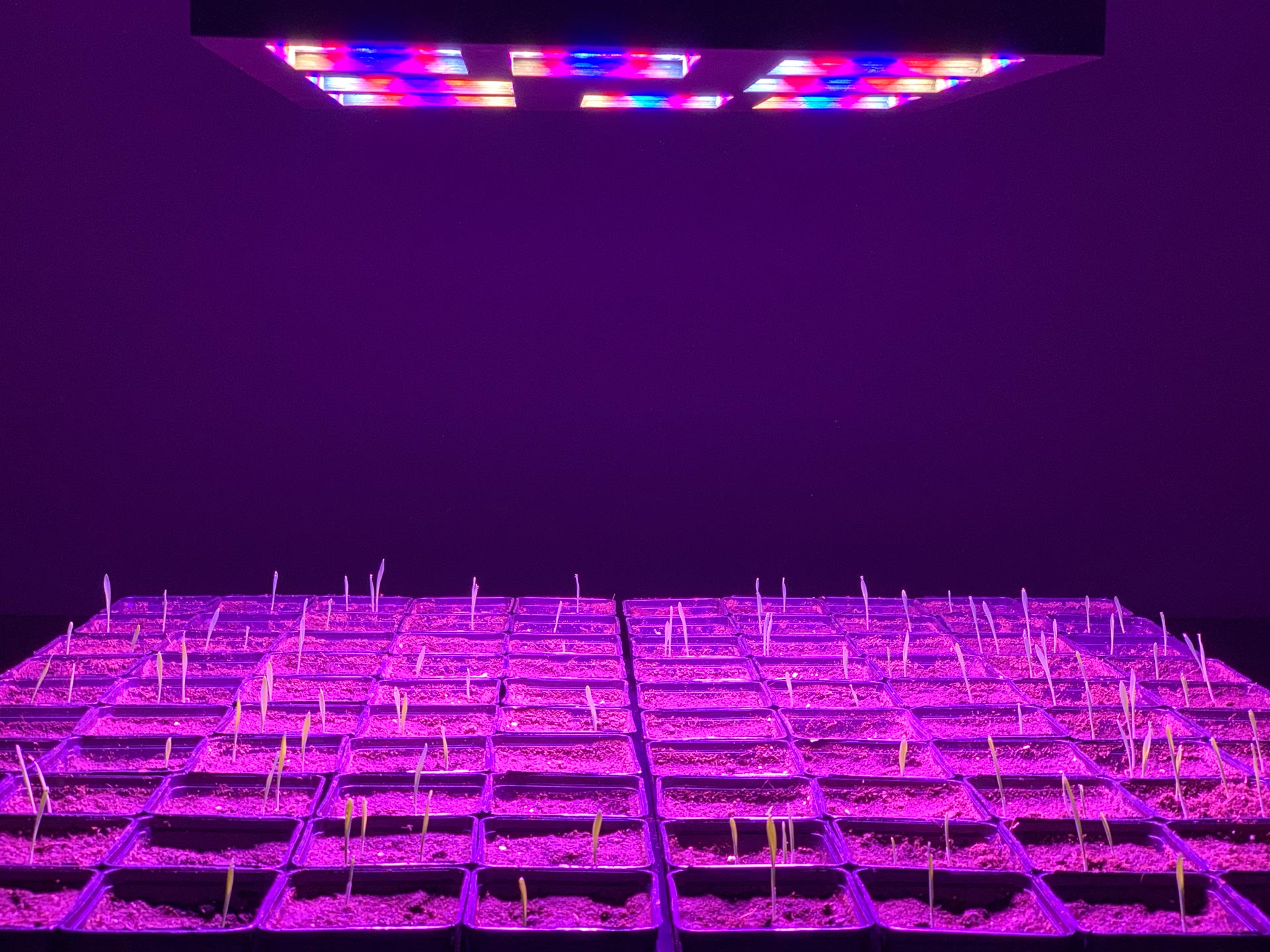
3 BIS F, Aix-en-Provence, 2020 [FR]
Press Kit & HD Images: Flickr
Press
Project review In Low Tech Magazine - 2021
Project review In Tree Hugger - 2021
Production: iMAL Brussels (BE) | Coproduction:Biennale Chroniques, Aix-en-Provence (FR) | With The Support Of: Production Intérieure Brute (FR), ArTeC Paris (FR), Le Labomedia Orléans, (FR) CNC (Dicréam)(FR), University of California Irvine (USA)

[1] Vaclav Smil (June 2018). IEEE-Spectrum. A Critical Look at Claims for Green Technologies
[*] Bill Tomlinson, Barath Raghavan (June 2021). How Sustainable is the Smart Farm?
SOLAR SHARE (THE FARM) PROTOTYPE N°01 (SSF-01-2020-BX-BE)




Exhibited at:
iMAL, Brussels, 2020 [BE] 3 BIS F, Aix-en-Provence, 2020 [FR]
Press Kit & HD Images: Flickr
Press
Project review In Low Tech Magazine - 2021
Project review In Tree Hugger - 2021
Production: iMAL Brussels (BE) | Coproduction:Biennale Chroniques, Aix-en-Provence (FR) | With The Support Of: Production Intérieure Brute (FR), ArTeC Paris (FR), Le Labomedia Orléans, (FR) CNC (Dicréam)(FR), University of California Irvine (USA)
